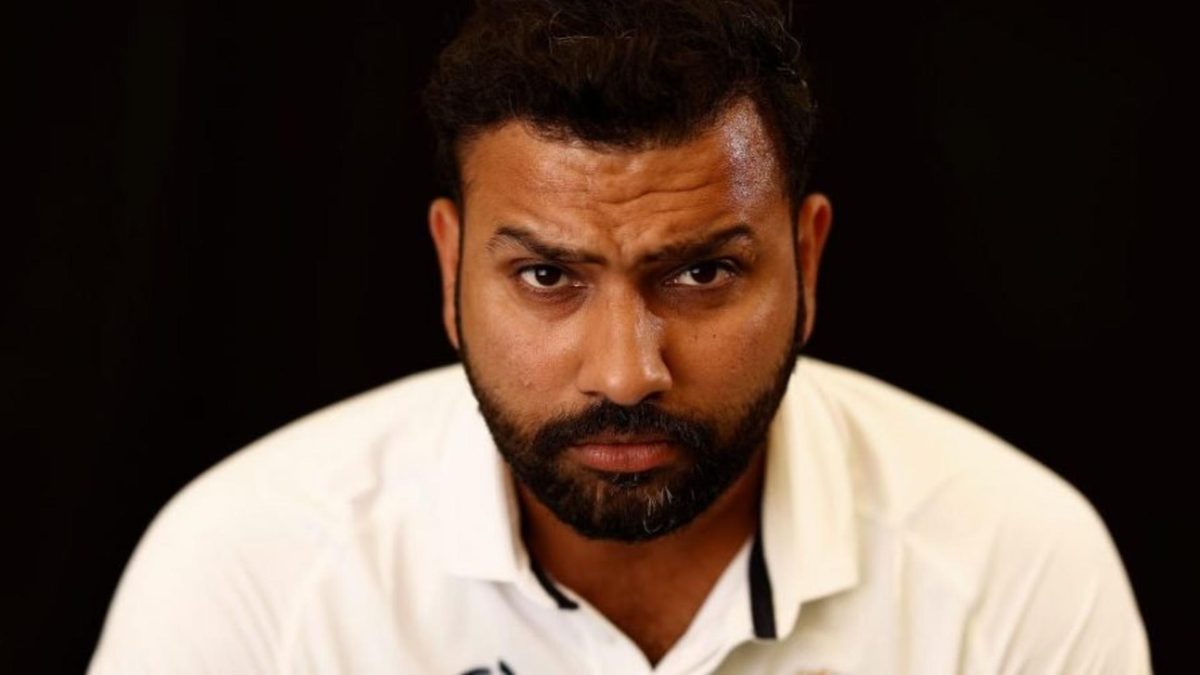
Rohit Sharma has been announced India’s new Test captain, but the role does come with its challenges.
Following their Test series defeat to South Africa last month, Virat Kohli announced his decision to step down as leader of the side. Rohit, India’s new captain across all formats, has a few issues to resolve as the team enters a transition phase.
Looking after his own workload and fitness
At 35, managing his niggles, which recently saw him miss the entire South Africa tour, along with a hectic workload, could be Rohit’s topmost concern moving forward. The cricketer has been plagued with hamstring concerns in the past, including one which curtailed his participation on India’s 2020/21 tour to Australia. With a hectic white-ball schedule coming up, including the T20 World Cup later this year and the 50-over World Cup in 2023, Rohit will be expected to be at the peak of his game, both in terms of fitness and form.
Though not ideal as it disrupts continuity, the Mumbai Indians player might have to pick and choose the games that he takes part in. With bio-bubble fatigue added to the equation, Rohit will have to be managed well if he wants to remain fresh and fit for important tournaments and events. In a way, it’ll also help groom his deputy for the big role down the line.
Finding the right pecking order for the openers
The Indian team have a number of problems to solve in Test cricket moving forward, but finding opening options is not one of them. With a number of players in the fray, Rohit, instead, has a problem of plenty. The immediate options are KL Rahul, Shubman Gill and Mayank Agarwal, all of whom can take over as first-choice openers in the XI alongside the new captain.
Rahul’s Test career looked done and dusted after he was not given any opportunities following India’s tour to West Indies in 2019, but last-minute injuries to Gill and Mayank ahead of the 2021 England tour saw Rahul being given a go. He made the most of his chances, making 84, 26, 129, 5, 0, 8, 17 and 46 in four Tests, impressing all with his ability to withstand the new ball in tough conditions. He carried forward his form against South Africa as well, making one hundred and a fifty in three games, and appears to be the first-choice opener.
Mayank’s record at home, though, makes it tough to overlook him. In seven Tests at home, he has made 839 runs at an average of 83.90 with four hundreds and one fifty, and his strength against spin makes him a strong contender.
Gill, on the other hand, has had his hits and misses. He was identified as a rising star during India’s historic win in Australia last year, making 259 runs at an average of 51.80. However, a poor home series against England followed, even though he showed signs of an improved technique and temperament against New Zealand in the WTC final. Though he made only 28 and eight in the two innings, he saw off the new ball, batting for over 45 minutes both times, and is likely to get a longer rope.
Finding the next No.3
Cheteshwar Pujara effortlessly took over from Rahul Dravid following the latter’s retirement, tiring out the bowlers match after match. No other player from India has faced more deliveries than him ever since he first played a match for India, against Australia in 2010.
An unheralded contributor in India’s Test series wins in Australia on the last two occasions, Pujara had the uncanny habit of frustrating bowlers with his patience and his calm energy to defend ball-after-ball. However, with him being excluded for the Sri Lanka series, and the management looking at the future, the 34-year-old’s career might well be in its twilight.
The likes of Priyank Panchal, Sarfaraz Khan and Abhimanyu Easwaran are potential candidates to replace Pujara in the near future, but they have big boots to fill. For Rohit, it could be a challenging task finding the perfect candidate, and more importantly, timing the transition right.
Identifying the right middle-order
Ajinkya Rahane’s exclusion from the Sri Lanka series throws open another challenge for Rohit: who is the next No.5? With India on the lookout for a new No.3 and Kohli currently not in the best of form, the batting already looks fragile. There are a few options for the spot in Shreyas Iyer, Suryakumar Yadav and Hanuma Vihari, but no one emerges as a clear candidate.
Shreyas had a stellar debut series against New Zealand at home last year, but his overseas credentials remain uncertain. The management has not always shown a lot of confidence in Hanuma Vihari despite the player impressing in his limited chances, and Suryakumar, uncapped in Tests, is still finding his feet in international cricket. India could look to push someone like a Gill down the order as well, and Rohit will have to try and test a few combinations before zeroing in on Rahane’s replacement.
Grooming younger quicks with Ishant on the decline
The upcoming series against Sri Lanka has four frontline quicks in Jasprit Bumrah, Mohammed Shami, Mohammed Siraj and Umesh Yadav. While the duties of quicks in Indian conditions are limited, the side will need another frontline seamer when they travel overseas, to keep them fresh during a long series.
In the last two years, India have tried eight fast bowlers, though Shardul Thakur has additionally helped bolster the lower middle-order. With Ishant Sharma’s game time reducing significantly, and India looking for fresher legs, identifying the next set of quicks will be an important task to carry forward India’s pace-bowling success.








